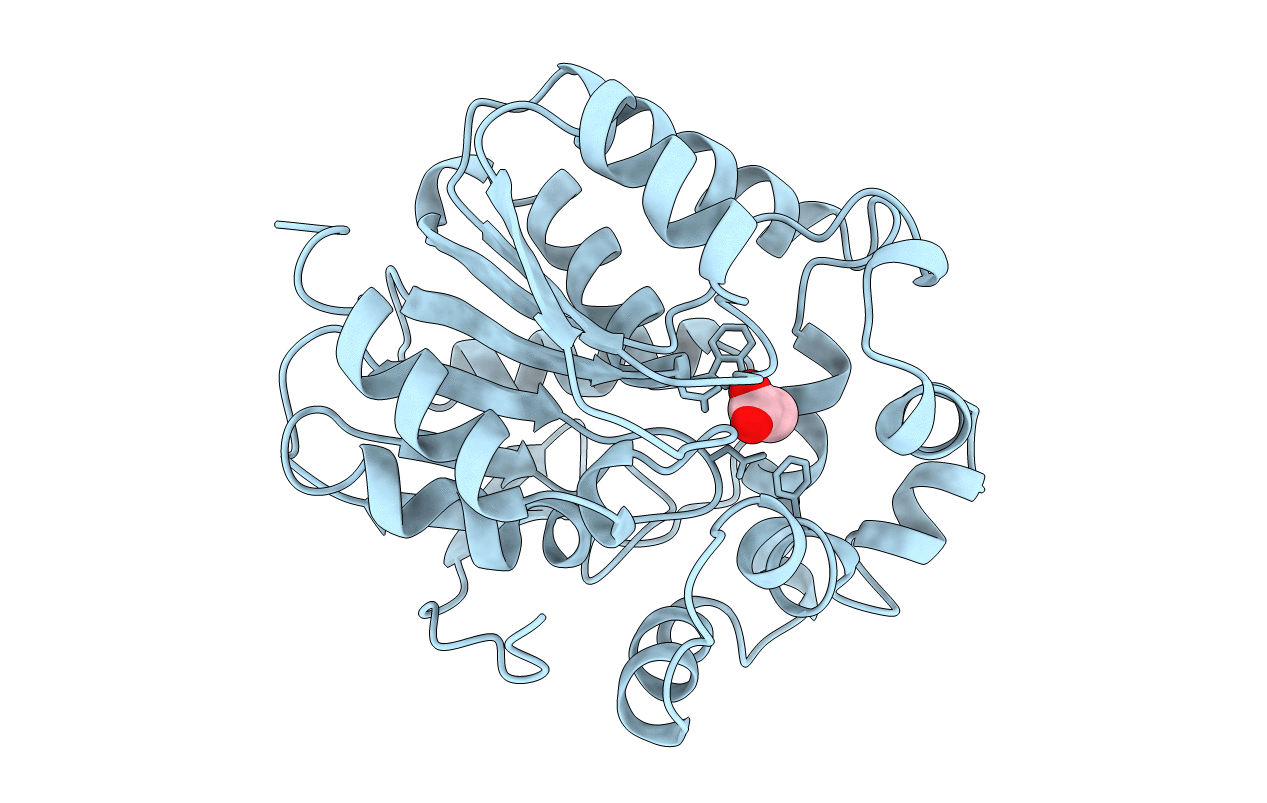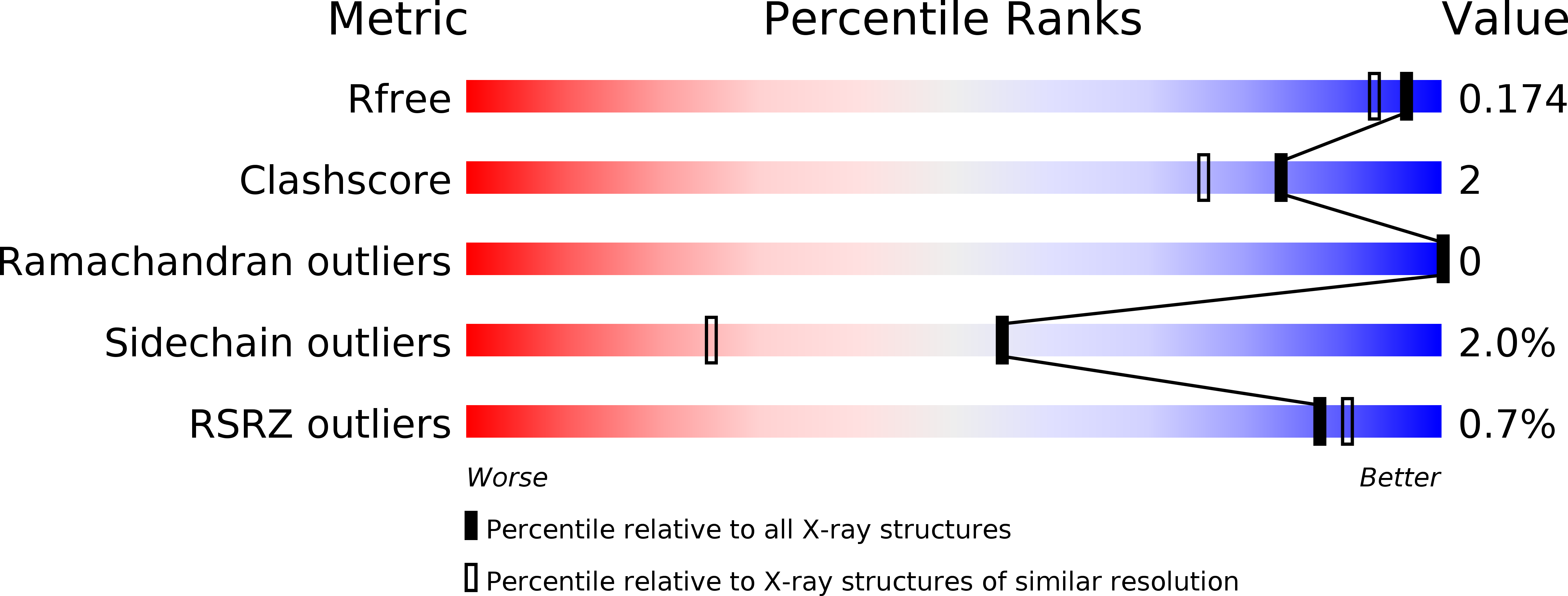
Deposition Date
1998-07-31
Release Date
2000-02-18
Last Version Date
2024-02-07
Method Details:
Experimental Method:
Resolution:
1.50 Å
R-Value Free:
0.17
R-Value Work:
0.15
R-Value Observed:
0.15
Space Group:
P 21 21 2


